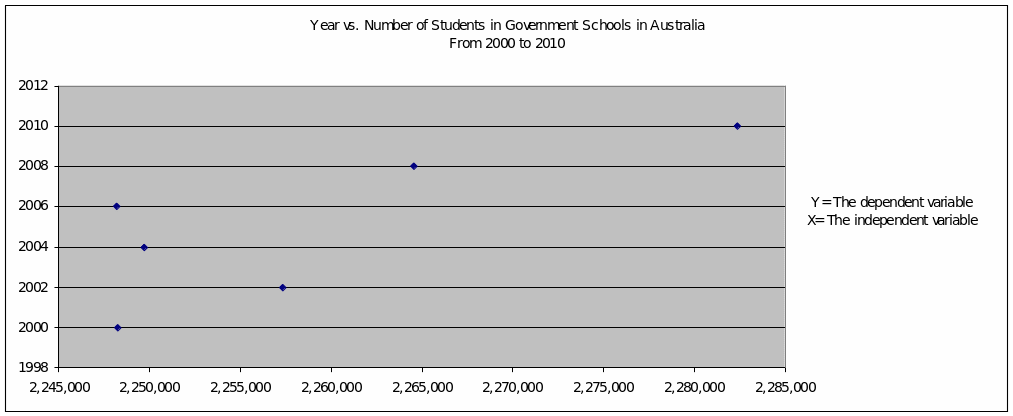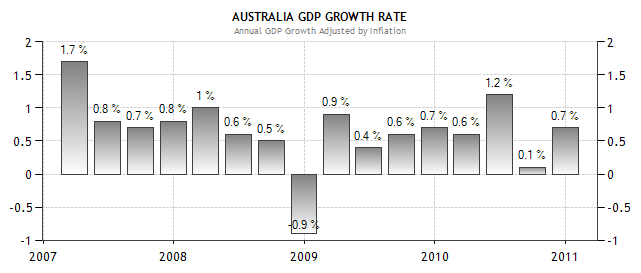Back-to-School Initiative
The Australian government has taken the initiative to promote the back-to-school program although there seems to be no direct evidence that this program has led to the increase in the number of students enrolling in schools. The government started a four-year stimulus plan of up to sixteen billion dollars for the same program (Morgan 2001). The government aimed at investing in education through a stimulus plan that would ensure that the young people obtain the appropriate skills through effective training at the educational centers. The plan that was expected to be revolutionary has not resulted in the achievement of the desired goals as in some cases the projects that were initiated were or have not even been completed yet (Booth 2001, pp. 283-313).
In some cases, the Australian Federal Government has been accused of slicing the amount that is meant for the stimulus plan aiming at the education sector. Some of the projects and programs were initiated but were not investigated or monitored well leading to their stagnation (Gruen 2010, pp. 29-49). A figure of about 2.4 billion dollars was yet to be spent yet they had been disbursed for the education stimulus program. Although the stimulus program was running, the program did not influence the number of school attendants to any significant level (Davidson 2009, pp. 3-6).
Regression Analysis for the Back to School Program

Economic Contraction in Australia
The government’s efforts to ensure economic contraction have not to bone much fruit given that the output would just remain smaller even after the stimulus program was completed (Gup 2010). The economic contractions that were experienced resulted in the loss of jobs and economic instability within the country. The increased rise in rates simply led to a shaky environment within the country. A shaky Australian economy discouraged investors and affected consumer confidence (Davidson 2009, pp. 4-9).
Growth Rate Graph

List of References
Booth, A. 2001. ‘Britain in the 1950s: A “Keynesian” managed economy?’, History of Political Economy, Vol. 33, No. 2, pp. 283-313.
Davidson, S. 2009, ‘Dubious Spending Strategy’, The Australian.
Davidson, S. 2009. ‘Submission to the Senate inquiry into Stimulus Packages’, Institute of Public Affairs, Vol. 2, No. 3, pp.4-9.
Gruen, D. 2010. ‘Forecasting in the eye of the storm’, Economic Round-up, Vol. 5, no. 3, pp. 29-49.
Gup, B. 2010. ‘The Financial and Economic Crisis – An International Perspective’, Cheltenham: Edward Elgar Publishing Limited.
Morgan, J. 2001. Review of new Government stimulus package. New Zealand: Australian Associated Press Pty Limited.